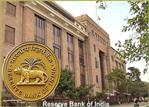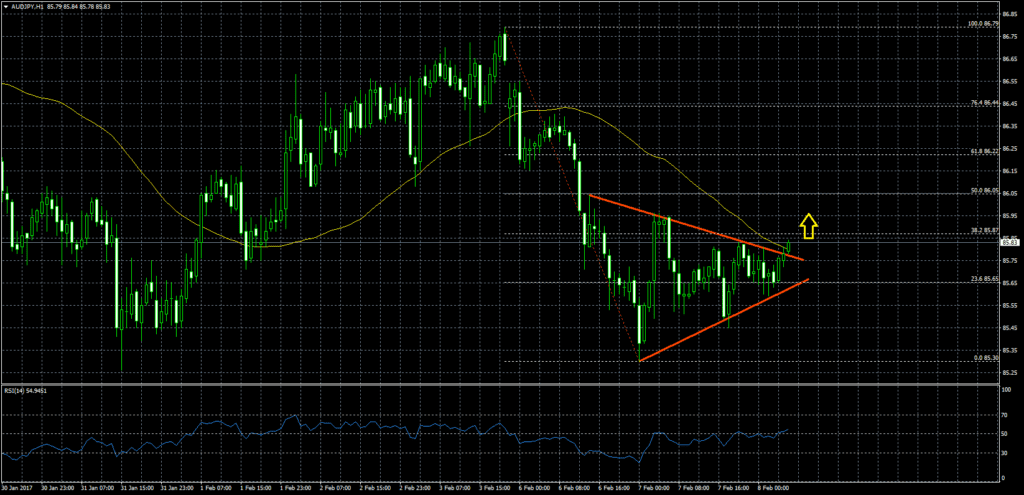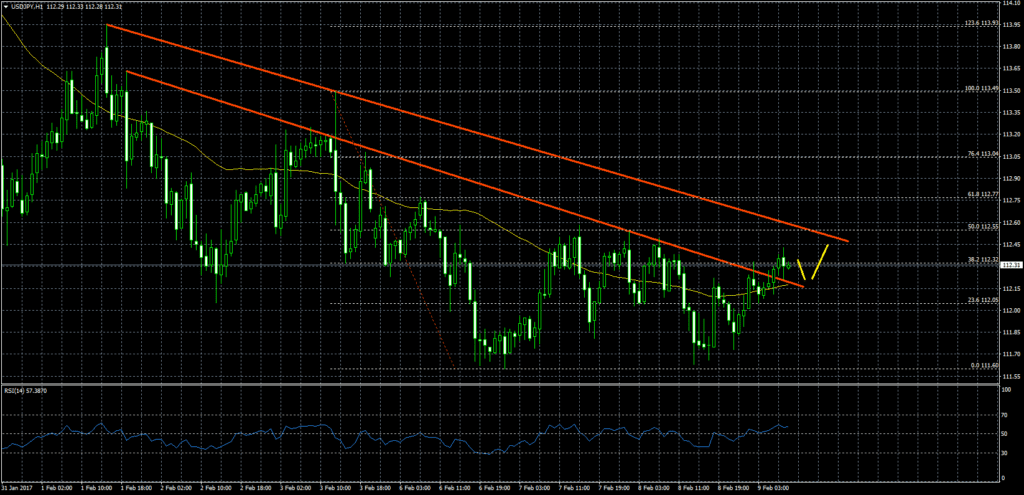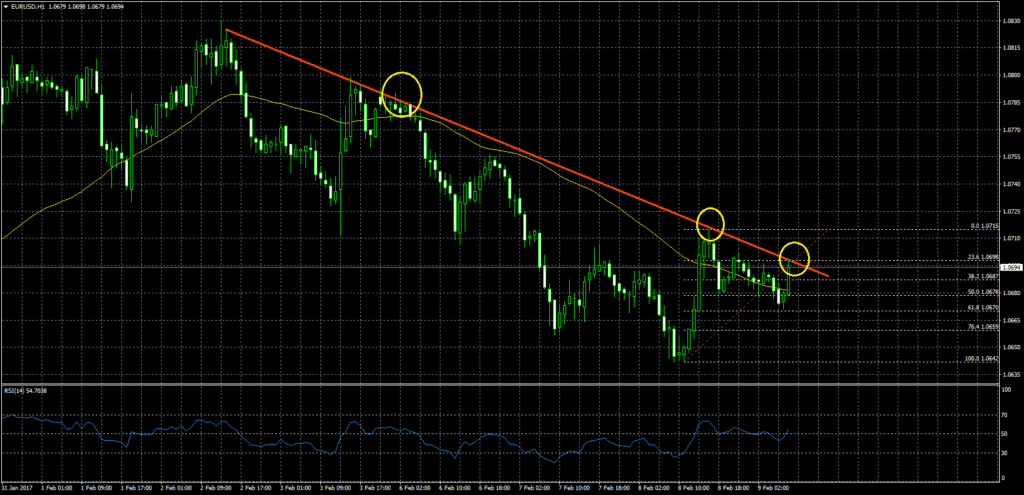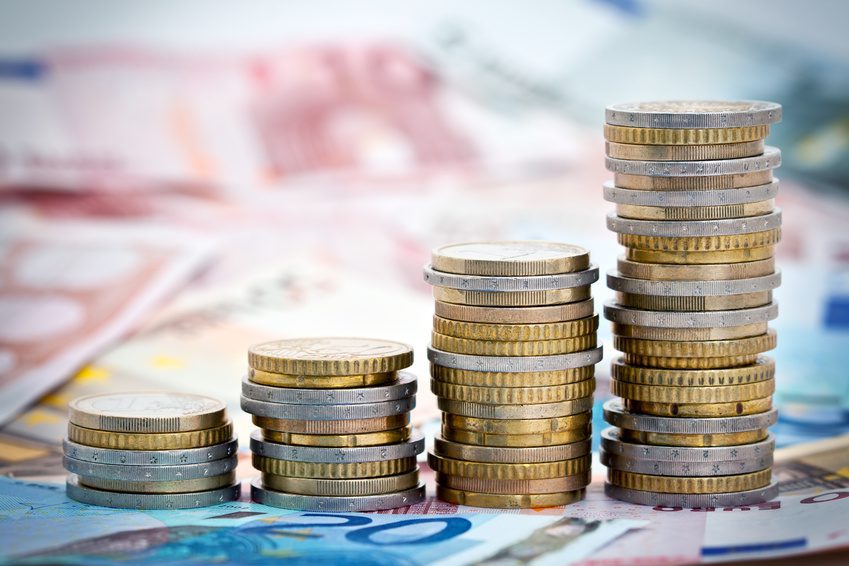India's central bank kept its rates on hold on Thursday for a second straight meeting since currency demonetization in November, defying expectations for a rate cut as inflation is expected to gain momentum due to the volatile exchange rate and hardening of oil prices.
The Monetary Policy Committee of the Reserve Bank of India, headed by Urjit Patel, unanimously decided to hold the key repo rate at 6.25 percent and the reverse repo rate at 5.75 percent.
At its sixth bi-monthly policy statement, the committee decided to change the stance from accommodative to neutral while keeping the policy rate on hold to assess how the transitory effects of demonetization on inflation and the output gap play out.
The RBI chief said the neutral stance will give flexibility to move in either direction.
The bank was widely expected to cut its rates by 25 basis points today to cushion growth that has been hit by the government's unprecedented cash ban on November 8.
Markets had anticipated a rate cut in December as well, after demonetization flooded banks with funds. But the policymakers voted to maintain status quo to analyze the impact of the November 8 measure.
The repo rate was last reduced by a quarter-point in October at the first meeting chaired by Governor Patel, before the announcement of demonetization.
Capital economics economist Shilan Shah said the central bank may have to reverse course and begin hiking rates over the next 12-18 months as its medium-term inflation target comes under pressure.
Headline inflation eased to a two-year low of 3.41 percent in December. The bank expects inflation to be below 5 percent in the fourth quarter of 2016-17. However, price growth is expected to gain momentum, especially as growth picks up and the output gap narrows.
Accordingly, inflation was projected in the range of 4.0 to 4.5 percent in the first half of the 2017-18 financial year and in the range of 4.5 to 5.0 percent in the second half with risks evenly balanced around this projected path.
Gross value added growth for 2016-17 was projected at 6.9 percent with risks evenly balanced around it. The bank forecast growth to recover "sharply" in 2017-18 on account of several factors.
Discretionary consumer demand which was held back by demonetization is forecast to bounce back and economic activity in cash-intensive sectors such as retail trade, hotels and restaurants as well as in the unorganized sector, is expected to be rapidly restored, the bank said.
Accordingly, GVA growth for 2017-18 was forecast at 7.4 percent.
The RBI expects the currently abundant liquidity with banks is set to persist into the early months of 2017-18. The central bank said it is committed to ensure efficient and appropriate liquidity management.
Policymakers believed that the environment for timely transmission of policy rates to banks lending rates will be considerably improved if the non-performing assets of banks are resolved more quickly, and the recapitalization of the banking sector is hastened, among other things.
The central bank also announced that there will not be any limit on cash withdrawals from savings bank accounts from March 13.
by RTT Staff Writer
For comments and feedback: editorial@rttnews.com
Business News
